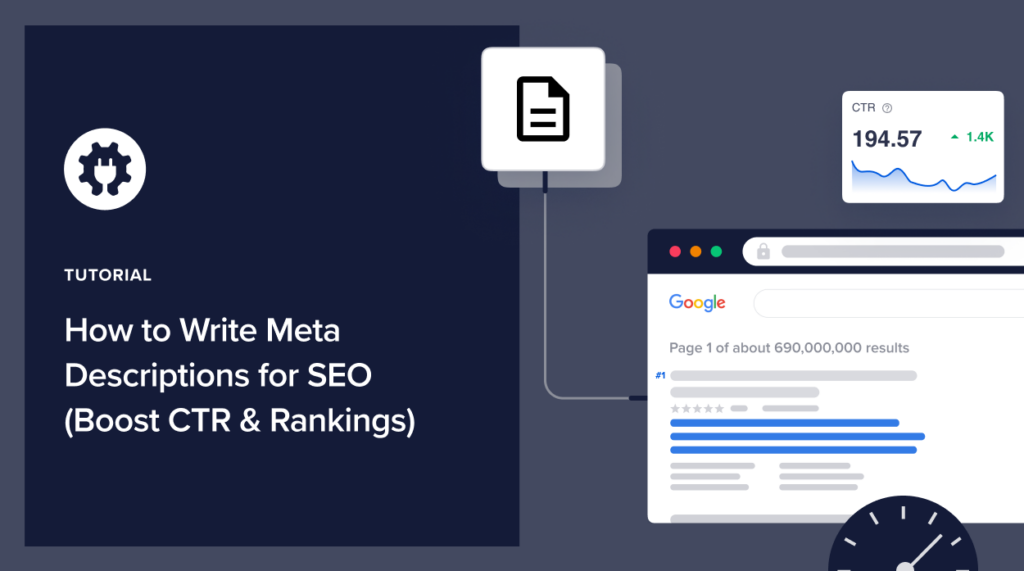When it comes to optimizing your website for search engines, one of the most important factors to consider is writing SEO-friendly titles and meta descriptions. These elements play a crucial role in determining the visibility of your website in search engine results pages (SERPs) and can have a significant impact on your website’s traffic and ranking. In this article, we will discuss the best practices for writing SEO-friendly titles and meta descriptions that will help improve your website’s search engine optimization.
Understand the Importance of Titles and Meta Descriptions
Titles and meta descriptions are the first things that users see when they come across your website in search engine results. They serve as a summary of your website’s content and help users decide whether or not to click on your website. A well-crafted title and meta description can attract users’ attention and encourage them to visit your website, ultimately increasing your website’s traffic and engagement.
Include Keywords
Keywords are the phrases that users type into search engines to find relevant information. Including relevant keywords in your titles and meta descriptions can help improve your website’s visibility in search engine results. Make sure to research and include relevant keywords that describe your website’s content and are commonly searched for by your target audience.
Keep it Concise and Descriptive
When writing titles and meta descriptions, it is important to keep them concise and descriptive. Titles should be no more than 60 characters long, while meta descriptions should be no more than 160 characters. Use clear and descriptive language to succinctly convey the main topic of your website’s content and entice users to click on your website.
Create Unique Titles and Descriptions
Each page on your website should have a unique title and meta description that accurately reflects the content on that particular page. Avoid using generic or duplicate titles and descriptions, as this can confuse search engines and users alike. Take the time to customize each title and meta description to match the specific content on each page of your website.
Include a Call-to-Action
A call-to-action is a powerful tool that can encourage users to take a specific action, such as clicking on your website or subscribing to your newsletter. Including a call-to-action in your meta description can help increase user engagement and drive more traffic to your website. Consider adding phrases such as “Learn more,” “Get started,” or “Sign up now” to encourage users to click on your website.
Optimize for Click-Through Rate
Click-through rate (CTR) is a metric that measures the number of users who click on your website after seeing it in search engine results. To improve your website’s CTR, consider writing titles and meta descriptions that are appealing and compelling to users. Use language that creates a sense of urgency or curiosity to entice users to click on your website.
Use Structured Data Markup
Structured data markup is a code that helps search engines understand the content on your website better. By adding structured data markup to your titles and meta descriptions, you can provide search engines with additional information about your website’s content, such as ratings, reviews, and events. This can help improve your website’s visibility in search engine results and attract more users to your website.
Monitor and Analyze Performance
After implementing SEO-friendly titles and meta descriptions on your website, it is essential to monitor and analyze their performance regularly. Use tools like Google Analytics to track the click-through rates and engagement metrics of your titles and meta descriptions. Make adjustments as needed to optimize your website for search engines and improve your website’s overall performance.
By following these best practices for writing SEO-friendly titles and meta descriptions, you can improve your website’s visibility in search engine results, attract more users to your website, and ultimately improve your website’s search engine optimization. Take the time to craft high-quality titles and meta descriptions that accurately reflect your website’s content and engage users, and you will see significant improvements in your website’s traffic and ranking.
